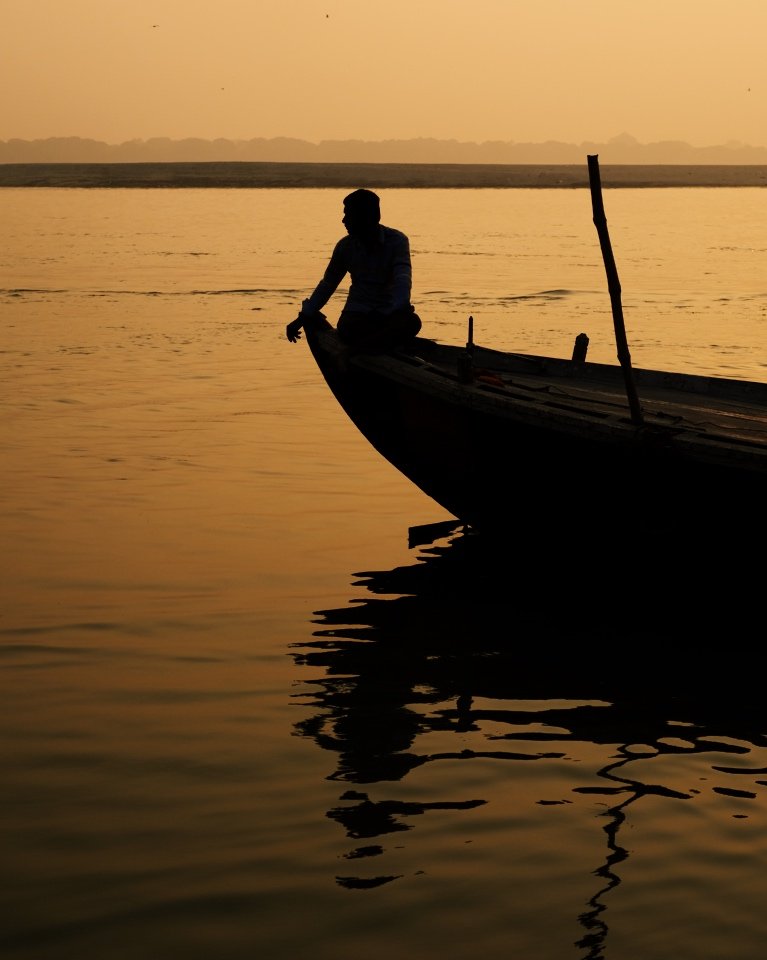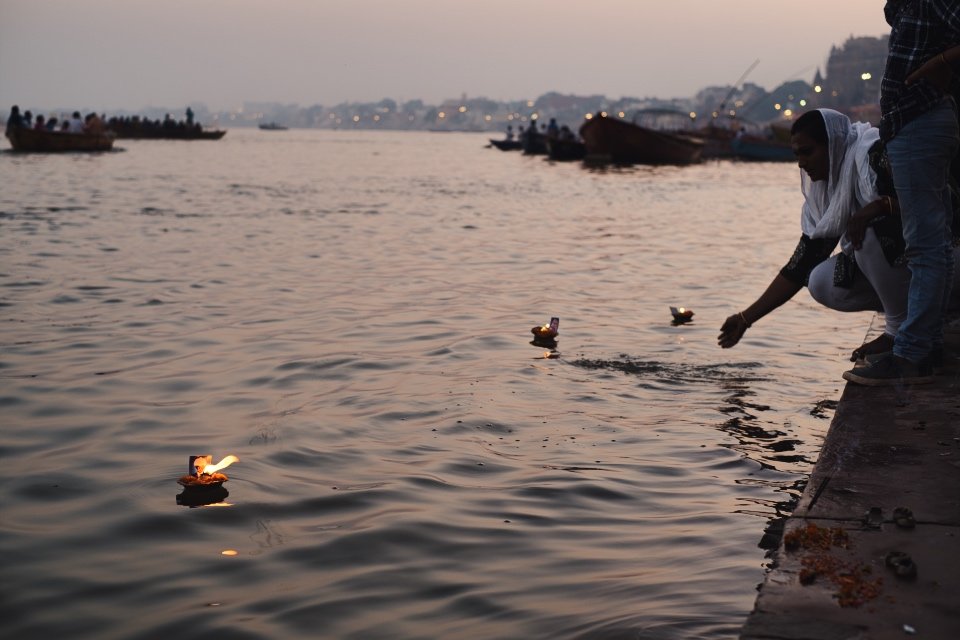Welcome to part two of my ‘Photographing India’ series, in which we’ll look at the geography of India, and explore which destinations are suited to particular types of photography. Part one can be found here.
Introduction to Photographing India
India is big. It’s the seventh-largest country in the world, and looking at India on a map does not convey the true size of this place. In fact in India it’s possible to take a train journey for four days. Yes, days!
Getting around can take a long time, particularly if travelling by train or bus. But the good news is that the transport network is extensive so you really can go anywhere, if you have the patience and motivation.
Also, there are a number of internal flights available, dramatically reducing journey times between far flung places. Be sure to book these well in advance if you want the good deals.
India is culturally and geographically diverse, so it’s safe to say you have options when it comes to photography. Because of its size and diversity it’s a fantastic place to explore for photographers, but some planning is required to make the most of it.
Some inside knowledge that can help you when you’re photographing India is also a bonus, and that’s what this series is all about!

A whistle-stop tour
The expansive lands of India mean a great deal of topographical variation is to be found.
The great Himalayan mountain range dominates the north of the country and can be accessed through the states of Jammu and Kashmir, Himachal Pradesh, Uttarakhand, Sikkim and Arunachal Pradesh.
To the north-west lies India’s largest state, Rajasthan, home to a rich culture, gorgeous monotone-painted towns and the great Thar desert. Traveling south from there one inevitably arrives at the extensive western coastline that stretches all the way to the southern tip of the Indian mainland.
The bustling city of Mumbai, the famous beaches of Goa and the lush backwaters of Kerala are all to be found here.
Moving inland is the spine of the Western Ghat mountains, home to many fecund tea and spice plantations, as well as some excellent hill-stations. Moving further east we find the intriguing state of Tamil Nadu, home to the rich and ancient Tamil culture, and famous for its temples, sculptures, religious monuments and more.
Traveling up the lesser-visited east coast one will eventually arrive at the bustling city of Kolkata, gateway to Bengal, the north-east of India and the Sundarban National Forest with its famous Bengali tiger.
Moving west and inland from here are famous sites such as Bodh Gaya, the home of Buddhism in India; the famous city of Varanasi on the Rive Ganges; the Taj Mahal in Agra and the hectic and sprawling centre of Indian administration, Delhi.
And that’s just the basics!
India certainly caters to diverse types of photography, and I would categorise the primary photographic opportunities as such:
Street photography
All across India life very much takes place outside. In fact, there is so much novelty to witness just by walking around India’s streets that it can be overwhelming for the uninitiated.
Many travellers actually hate this aspect of India, because it’s not what they’re looking for. They arrive off a plane in one of India’s major transport hubs and get irritated by the smells, the noise, the hustlers, the pollution and the traffic (and so they should, for all of these are challenges to be overcome!).
But for street photographers, this side of India is also gold. With so much action and with so many characters, India offers rich-pickings for those of us who love to portray the richness of life and humanity in our photos.
For us photographers, India’s vibrant major cities are much more than a jumping-off point. I recommend really trying to see beyond the annoyances you may encounter at first, slow down, explore, engage with people and have fun shooting.
Examples of large cities that will yield great results on the streets are Mumbai, Kolkata and Delhi, but any urban centre has potential. Look out for my guide to Indian street photography (forthcoming on this blog) for more.
Architectural photography
India is full of temples, landmarks and historic buildings. If photographing these types of places is your thing, you’ll be spoilt for choice.
Being the birthplace of several of the world’s great religions, worship of deities has always been entwined with daily life in India. This rich tradition means every town and city has a number of temples and religious sites worthy of your attention.
Furthermore, India’s colonial history has left the country endowed with a plethora of historic buildings and landmarks from that era.
The British Raj had a major influence on Indian life for a sustained period of time, and regardless of the dubious ethics of that period, there’s no doubt that its architectural legacy is impressive.
Examples of great places with great architecture you’ll want to consider for your itinerary are:
- The city of Jaipur in Rajasthan
- Train stations such as the Chhatrapati Shivaji Terminus – also in Mumbai – or Howrah Station in Kolkata
- Historic temples such as those in Madurai, an ancient town in south India
- Inspiring mosques such as the Jama Masjid in Delhi
- Tiruchirapalli Rock Fort in the state of Tamil Nadu
- The Red Fort in Delhi
- Jaisalmer Fort in Rajasthan
I haven’t even mentioned the Taj Mahal yet! India’s best known landmark truly is a site to behold. I normally dislike visiting the major tourist destinations in any given country, but the Taj Mahal did not disappoint, despite the huge numbers of people visiting the site.
India has a wealth of architectural delights for you to explore and capture, and these are just some of the better-known highlights. The more you explore, the more you’ll discover.
Religious and spiritual photography
India is well known for its rich religious and spiritual culture and heritage, and religion is very much alive in India today.
Hinduism, Buddhism, Christianity, Jainism, Sikhism and Islam have all played a significant role in Indian life over centuries and millennia, and continue to do so today.
Of course India is also famous for its modern spiritual and new-age scenes that have developed over recent decades, and which attract many visitors.
The explicit presence of religion in Indian life means there are plenty of opportunities to capture images that evoke a sense of the sacred and the mysterious. Photogenic ancient rituals are enacted everyday across the nation, and will provide much inspiration to photographers inclined to capture a sense of this occasion.
Holy men – known as sadhus – are famous for their photogenic appearance. Covered in paint or ashes, dressed in holy robes and sitting in meditation, these ascetics make for an irresistible, if a little clichéd, image.

For the people of India, religious ritual is important. Thousands flock to auspicious sites around the country to perform beautiful ceremonies and religious gestures such as floating candles and offerings in the River Ganges.
A few examples of destinations that cater amply to this genre of photography are:
- The ancient and sacred town of Varanasi (also known as Benares) on the banks of the River Ganges
- The small temple town of Gokarna, on India’s western coast
- The Buddhist enclave of McCleod Ganj, home to the Dalai Lama and perched in the foothills of the Himalayas
- The tranquil town of Pushkar in Rajasthan (also home to a frenetic camal fair once a year)
- Rishikesh, a haven for yogis and spiritual seekers
- The Golden Temple, an inspiring and beautiful place of worship for Sikhs, in the city of Amritsar
- Thiruvanamalai, famous for being home of the well known Advaita Vedanta philosopher Sri Ramana Maharshi
Unsurprisingly, religious festivals are also plentiful in India, and provide further inspiration with their particular events and rituals. Holi and Diwali are two of the more well known festivals that are great times to be in India for.
Landscape and nature photography
A world away form the dusty, loud and frequently intense urban Indian experience, is the peace and natural beauty found in the more remote areas of the country.
India’s various hill-stations and mountainous regions provide connection with nature and the great outdoors, and show a different side of the country.
My trips to the Western Ghats in the south of the country were memorable for the picturesque tea plantations carpeting the landscape in a velvety green rug, and the scent of spices in the air. Nearby, the backwaters of Kerala offer a gentle pace of life, floating on boats through picturesque waterways.
One of my most memorable trips to India was in the region of Ladakh. This cold, lunar-like and sparsely populated area took my breath away. I lost count of the amount of times I stopped my motorbike to take photos as I rode through the wild landscapes of lakes and snow-capped mountains. Certainly a place I hope to return to.
Sikkim, and the extreme north-east of India are also on the list. For the adventurous, there are a plethora of fascinating journeys to make which promise a wealth of photographic opportunity.
Wildlife also features on many photographers’ itineraries in India. I’m no wildlife photographer but I do know that there are several wildlife sanctuaries to explore, including that of the aforementioned Bengali tiger.
Summing up
The list could go on but I consider these to be some of the primary attractions in India for photographers. The more you visit India the more you’ll learn what else there is, and what you’re drawn to.
You’ll also learn how to deal with the place.
To be sure, India can be a little overwhelming at first. In fact, on my first trip, I enjoyed very little of my time there. But when I persevered and got to know the country on subsequent trips, it really came alive for me.
Now I just love to be there.
That’s not to say it isn’t still tricky at times. It can be hot, dusty, noisy and intense, and it can certainly wear you down.
You will get sick and frustrated at times.
But honestly, it’s a place I keep going back to, and I’m passionate about photographing India and everything is has to offer photographers.
